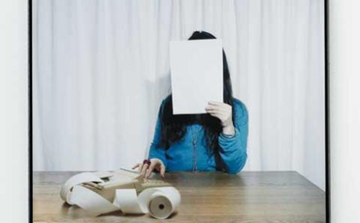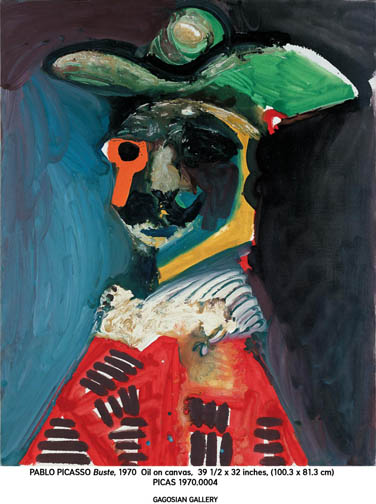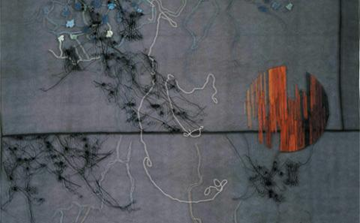Can an artist use rhinestones and still be taken seriously? At first glance, Mickalene Thomas’s sparkly portraits of provocatively posed models hardly seem destined for the art-historical canon. But beyond the gaudy veneer, her paintings and videos empower their subjects—Middle-aged African-American women with different body types but a uniformly charismatic appeal—making this artist’s long-awaited New York solo-show debut uncommonly upbeat and inspiring.
In the front gallery, Thomas creates a minicatalog of inherited (and subverted) possibilities for expressing female identity, including an odalisque decidedly more modest and less youthful than Manet’s, minus the African servant. A huge grid of headshots recalls the look of Warhol’s photo-booth portraits but not their chilly mood. When they pull thoughtful poses or throw their heads back in laughter, Thomas’s models imitate the predictable conventions of music industry portraiture, but at least their pleasure is infectious.
This is even truer in three videos in the back gallery, shot at photo sessions that Thomas uses to create source material for her paintings. Fran is tickled by her own cheesy poses, while Sandra (the artist’s mother) flirts with a Robert Melee–style “eccentric mom” moment by donning a hideous dress and looking sour, until finally cracking a big grin. Shown in slow motion, sometimes with the camera tilted disorientingly, the models are objectified, especially the awesomely curvaceous Keri. But Thomas doesn’t make much of this or try to check our impulse to assume we know her subjects because we enjoy their pleasure in posing. Instead, the takeaway is a celebration of unconventional beauty that’s hard not to appreciate.




